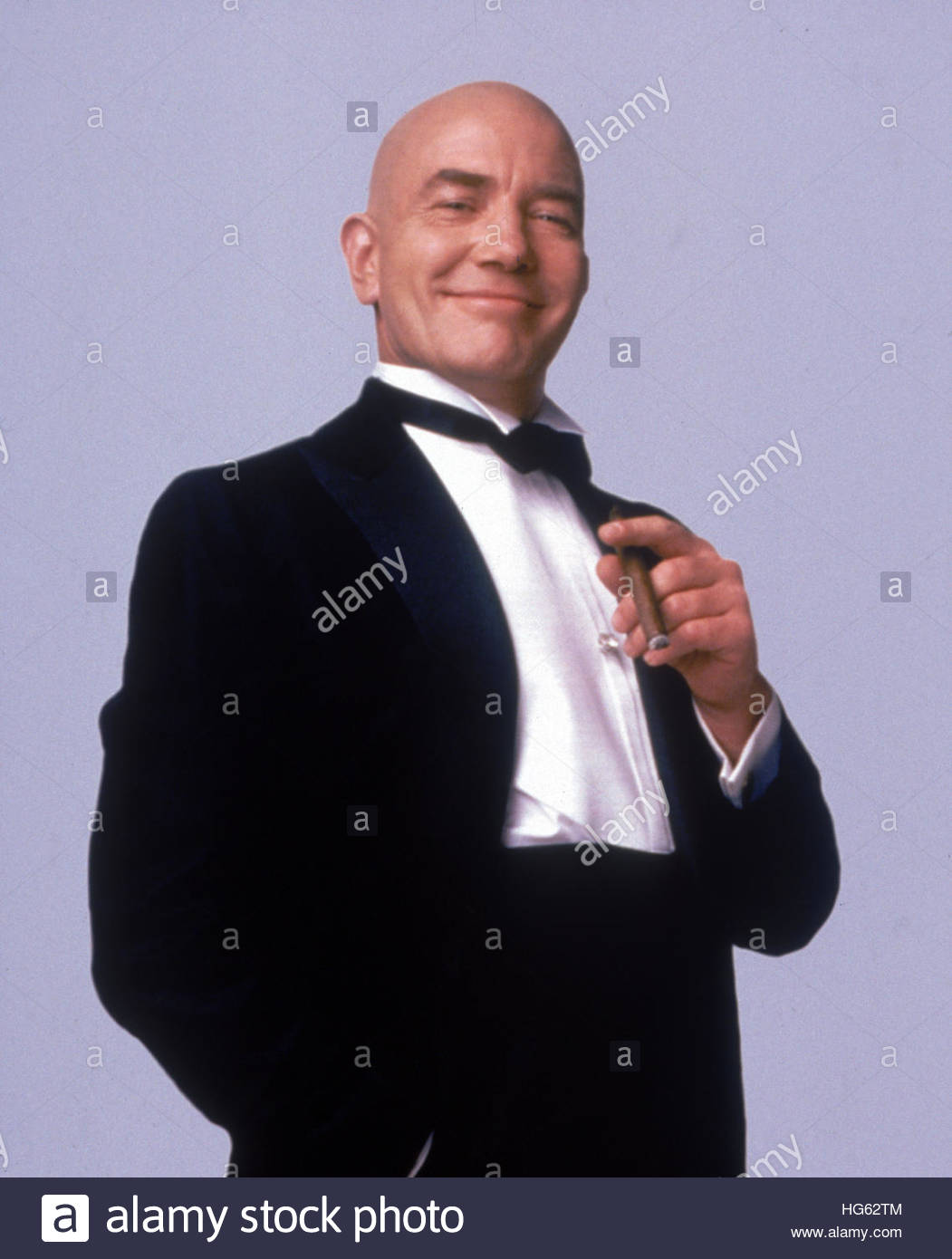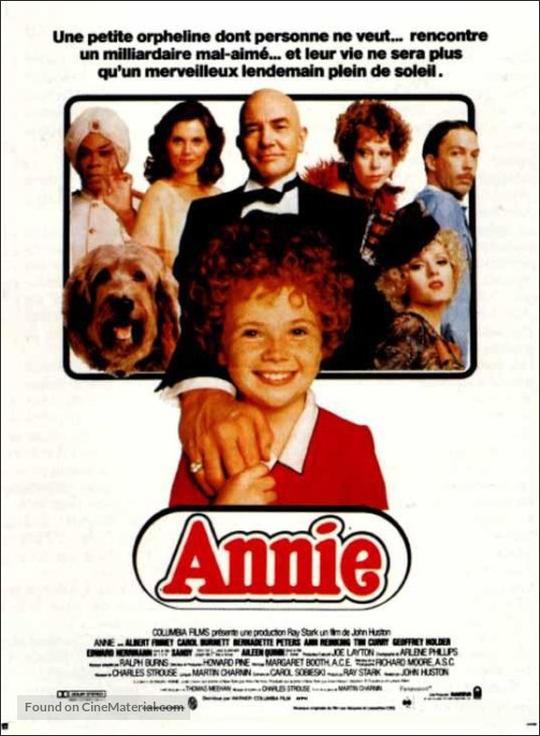Could a film, despite facing critical disdain upon its initial release, find a lasting place in the hearts of audiences across generations? The enduring appeal of John Huston’s 1982 adaptation of “Annie” suggests that critical consensus and popular affection can indeed diverge, and sometimes, a film’s true value emerges over time.
Released in June 1982, Annie wasn't initially embraced by critics. Some reviewers were harsh, and the film was perceived as a misfire by some, yet the movie's popularity has persisted. Based on the 1977 Broadway musical, itself derived from the Little Orphan Annie comic strip, the film tells the story of a spirited orphan who captures the attention of a wealthy benefactor. The original Broadway production, crafted by Charles Strouse, Martin Charnin, and Thomas Meehan, had already captivated theatregoers. This musical, with its memorable score and hopeful message, laid the groundwork for the cinematic adaptation.
The 1982 film, directed by the legendary John Huston, brought a star-studded cast to the screen. Albert Finney took on the role of the wealthy Oliver Warbucks, while Carol Burnett played the villainous Miss Hannigan, the cruel matron of the orphanage. Bernadette Peters, Ann Reinking, and Tim Curry also delivered memorable performances. And Aileen Quinn, in her debut, brought the titular Annie to life, embodying the character's optimism and resilience.
The film's production, spanning from April to September, was a significant undertaking. The musical staging and choreography were the work of Arlene Phillips. The film’s score, composed by Charles Strouse with lyrics by Martin Charnin, was a crucial element, ensuring that the movie's emotional core resonated with audiences. The production itself involved a large crew, including individuals like Diane Wager, who contributed as an assistant art director, and Camille Abbott, whose involvement as a production illustrator went uncredited. The meticulous attention to detail that characterizes a John Huston production was clearly evident.
The narrative unfolds in the midst of the Great Depression, a setting which amplifies the poignancy of Annie's quest for belonging. The film weaves a narrative of hope and resilience against a backdrop of economic hardship. The film's depiction of the orphanage, run by the embittered Miss Hannigan, highlights the stark contrast between the children's challenging lives and the possibility of a brighter future. The appearance of President Franklin D. Roosevelt, portrayed by Edward Herrmann, further underscores the historical context, offering a glimpse into the era's social and political climate.
The film’s legacy is a testament to its enduring themes and the power of its storytelling. While some critics may have been underwhelmed initially, the film’s popularity has endured, proving that a movie can transcend the reviews to become a classic. The story of “Annie” provides an example of the potential of a film to become ingrained in popular culture, entertaining generations.
Aileen Quinn's six-year contract with the production after her debut in Annie hints at the initial intention to create sequels, showcasing the early confidence in the film's success. This confidence, while ultimately leading to the potential for Annie 2, never materialized in the same way as the initial release. Nevertheless, the original film's charm continues to resonate, cementing its place in cinematic history.
| Subject | Details |
|---|---|
| Name | Aileen Quinn |
| Born | N/A (Information not available in the provided text) |
| Nationality | American |
| Occupation | Actress |
| Known For | Playing the role of Annie in the 1982 film Annie |
| Career Highlights | Debut in Annie (1982) |
| Notable Roles | Annie in Annie (1982) |
| Years Active | 1982 - Present (Although major roles may be infrequent) |
| Additional Information | Aileen Quinn was under contract for six years after Annie, with potential for sequels. |
| Relevant Links | IMDb |
The film's success also underscores the contributions of those behind the camera. The musical staging, orchestrated by Arlene Phillips, brought a vibrant energy to the movie. The film's visual style, combined with the narrative's heartfelt core, elevated the adaptation beyond a simple retelling of the musical.



